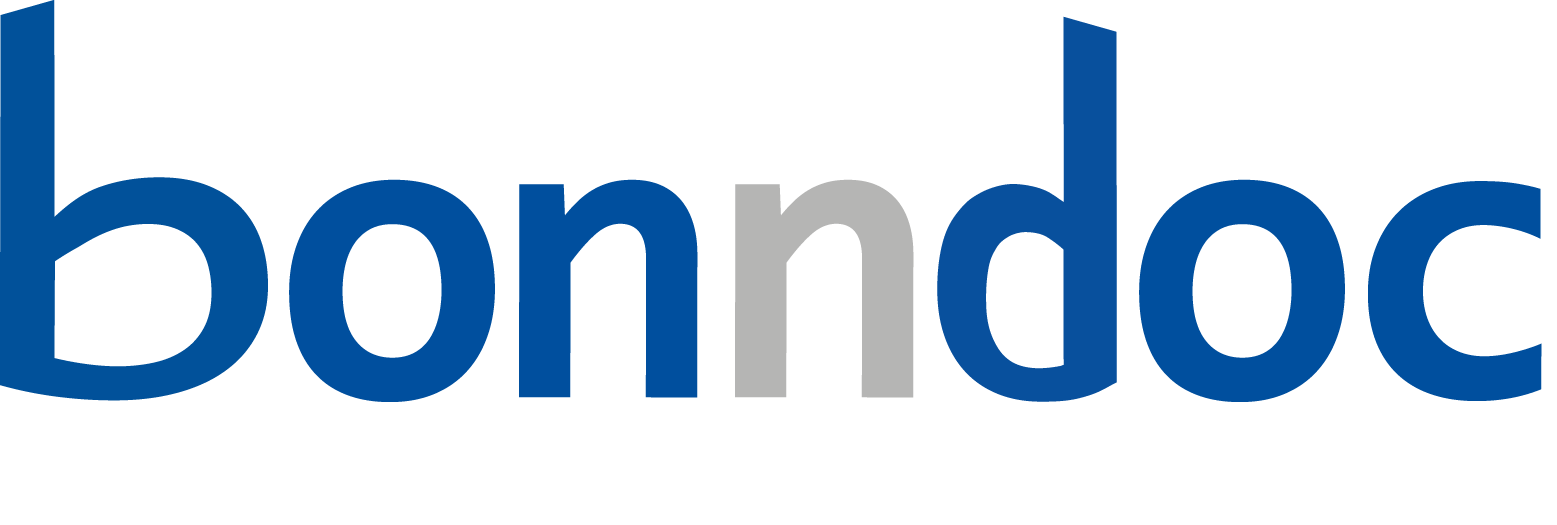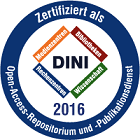Testing the mHM-MPR Reliability for Parameter Transferability across Locations in North–Central Nigeria

Testing the mHM-MPR Reliability for Parameter Transferability across Locations in North–Central Nigeria

| dc.contributor.author | Ogbu, Kingsley Nnaemeka | |
| dc.contributor.author | Rakovec, Oldrich | |
| dc.contributor.author | Shrestha, Pallav Kumar | |
| dc.contributor.author | Samaniego, Luis | |
| dc.contributor.author | Tischbein, Bernhard | |
| dc.contributor.author | Meresa, Hadush | |
| dc.date.accessioned | 2023-04-28T09:29:11Z | |
| dc.date.available | 2023-04-28T09:29:11Z | |
| dc.date.issued | 02.09.2022 | |
| dc.identifier.uri | https://hdl.handle.net/20.500.11811/10790 | |
| dc.description.abstract | Hydrologic modeling in Nigeria is plagued by non-existent or paucity of hydro-metrological/morphological records, which has detrimental impacts on sustainable water resource management and agricultural production. Nowadays, freely accessible remotely sensed products are used as inputs in hydrologic modeling, especially in regions with deficient observed records. Therefore, it is appropriate to utilize the fine-resolution spatial coverage offered by these products in a parameter regionalization method that supports sub-grid variability. This study assessed the transferability of optimized model parameters from a gauged to an ungauged basin using the mesoscale Hydrologic Model (mHM)—Multiscale Parameter Regionalization (MPR) technique. The ability of the fifth generation European Centre for Medium-Range Weather Forecasts Reanalysis product (ERA5), Climate Hazards Group InfraRed Precipitation with Station data (CHIRPS), Global Precipitation Climatology Centre (GPCC), and Multi-Source Weighted-Ensemble Precipitation (MSWEP) gridded rainfall products to simulate observed discharge in three basins was first assessed. Thereafter, the CHIRPS rainfall product was used in three multi-basin mHM setups. Optimized model parameters were then transferred to independent basins, and the reproduction of observed discharges was assessed. Kling–Gupta Efficiency (KGE) scores showed improvements when mHM runs were performed using optimized parameters in comparison to using default parameters for discharge simulations. Optimized mHM runs performed reasonably (KGE > 0.4) for all basins and rainfall products. However, only one basin showed a satisfactory KGE value (KGE = 0.54) when optimized parameters were transferred to an ungauged basin. This study underscores the utility of the mHM-MPR tool for parameter transferability during discharge simulation in data-scarce regions. | en |
| dc.format.extent | 23 | |
| dc.language.iso | eng | |
| dc.rights | Namensnennung 4.0 International | |
| dc.rights.uri | http://creativecommons.org/licenses/by/4.0/ | |
| dc.subject | CHIRPS | |
| dc.subject | streamflow | |
| dc.subject | mHM | |
| dc.subject | MPR | |
| dc.subject.ddc | 333.7 Natürliche Ressourcen, Energie und Umwelt | |
| dc.title | Testing the mHM-MPR Reliability for Parameter Transferability across Locations in North–Central Nigeria | |
| dc.type | Wissenschaftlicher Artikel | |
| dc.publisher.name | MDPI | |
| dc.rights.accessRights | openAccess | |
| dcterms.bibliographicCitation.volume | 2022, vol. 9 | |
| dcterms.bibliographicCitation.issue | iss. 9 | |
| dcterms.bibliographicCitation.pagestart | 1 | |
| dcterms.bibliographicCitation.pageend | 23 | |
| dc.relation.doi | https://doi.org/10.3390/hydrology9090158 | |
| dcterms.bibliographicCitation.journaltitle | Hydrology | |
| ulbbn.pubtype | Zweitveröffentlichung | |
| dc.version | publishedVersion | |
| ulbbn.sponsorship.oaUnifund | OA-Förderung Universität Bonn |
Dateien zu dieser Ressource
Das Dokument erscheint in:
-
Publikationen (31)




